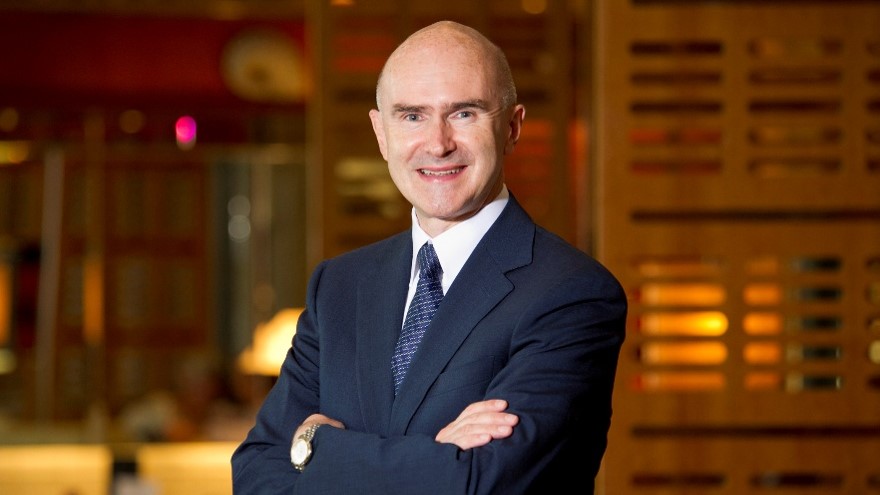Account Manager, Natalie Blachford shares her thoughts on PR measurement.
For as long as I’ve been working in PR, there has been debate over what is the best and most effective metric for measuring ROI.
While there may be occasions when walking into a client’s office and presenting a stack of cuttings thicker than all seven volumes of Harry Potter combined is enough to impress them and keep them happy, it’s now widely agreed that AVE is a fairly poor form of measurement.
For anyone unfamiliar with the term, AVE stands for Advertising Value Equivalent – basically, how much it would have cost if you’d placed an advert the same size as the editorial coverage you’ve achieved.
Even more widely derided than AVE is its sister metric, EVE. That one stands for Editorial Value Equivalent, which is calculated by taking the advertising value and multiplying it by three. Why multiplied by three? Because someone once upon a time scientifically concluded that editorial coverage was three times better than advertising coverage. Of course.
AVE and EVE were the go-to metric for PR agencies for a long time and because clients relied on and trusted their agencies to provide insight and evaluation it was rarely questioned.
Now however, the message that AVE may not be the best measurement is starting to spread and clients want, and deserve, more.
Influence, a magazine published by the CIPR (Chartered Institute of Public Relations) recently published an article titled ’30 alternative public relations metrics to AVE’. Stephen Waddington makes the key point that if metrics are tied to PR objectives and PR objectives are tied to organisational objectives, the measurement framework will always be different depending on what those objectives are.
There is no one-size-fits-all approach to measuring ROI, which is why the reporting we use with clients completely depends on their own objectives. The model Stephen Waddington presents recognises both intermediary outcomes (volume of press cuttings, number of social media followers) and organisational outcomes (brand awareness, financial performance) and we always try and make sure the link between the two is clear.
The ’30 alternatives’ article is a great place to start if you’re trying to decide on the best way to measure your PR activity, but if you’re still feeling confused and want more than a cookie cutter approach to campaign measurement, talk to us – we can help!





